Relating to making pasta, generally it is about throwing a noodle towards a wall and seeing if it sticks — actually. Many novice cooks are virtually clueless on the subject of perfecting the artwork of creating the traditional Italian dish, accepting pasta-making myths as details and ruining the crave-worthy carb within the course of.
The bucatini blasphemy stops right here. We have recruited Filippo De Marchi, chef at NH Assortment Venezia Murano Villa‘s De Majo Restaurant & Terrace, to lend us his culinary experience and put an finish to the mush that always passes as macaroni.
“Cooking pasta is not troublesome in any respect. It is all about timing and the precise water-to-pasta ratio,” he says. “Do not fall into the entice of believing in myths. Simply belief your instincts and observe the straightforward directions.”
So we have rounded up 9 of the most well-liked pasta-making myths we may discover and implored De Marchi to both assist or debunk each.
Fable No. 1: Throwing pasta towards a wall to see if it sticks will show it is performed
Reply: FALSE
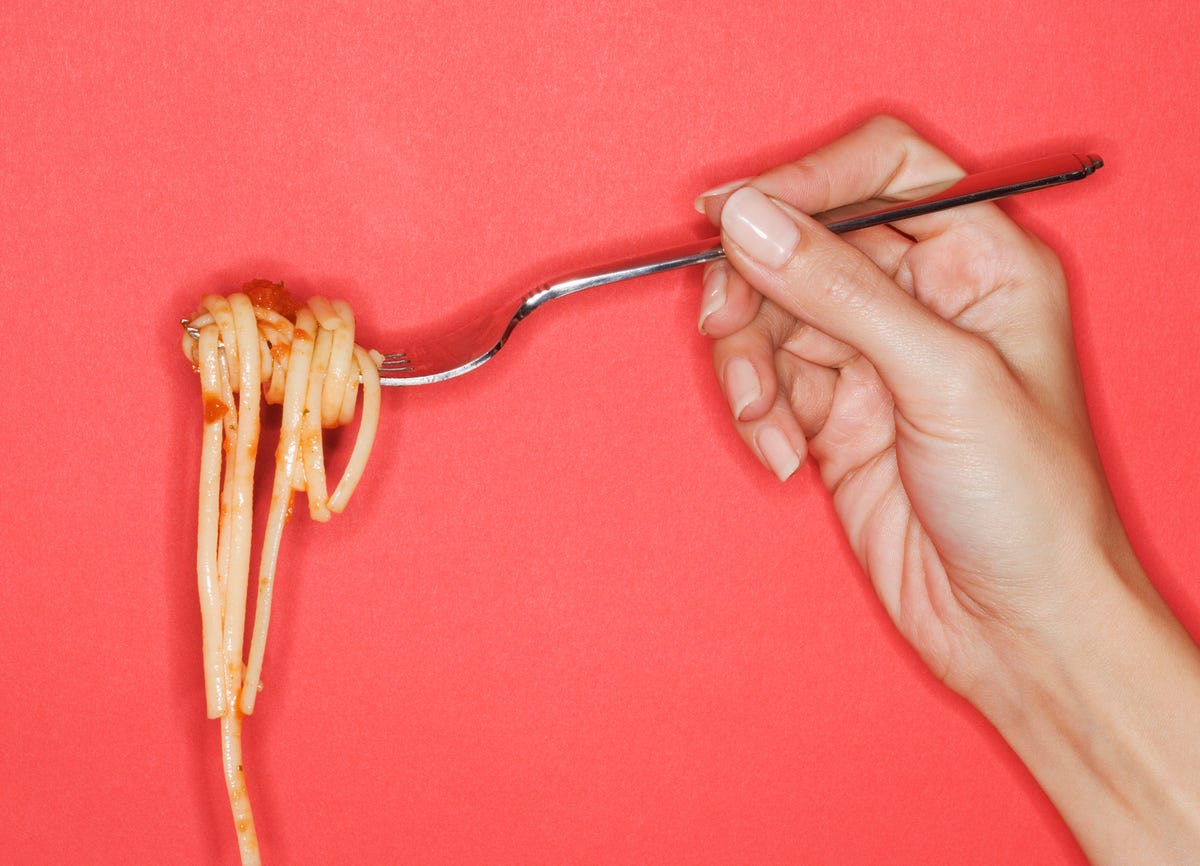
“This is not one of the simplest ways to examine for doneness,” argues De Marchi. “The feel of the pasta can change when it hits the wall, and it does not give an correct indication of whether or not it is correctly cooked.”
As a substitute, it is extra correct to scoop out a single strand and style it. You may then be capable of inform if it is achieved that excellent al dente texture.
Fable No. 2: Including olive oil to pasta water preserve noodles from sticking
Reply: FALSE
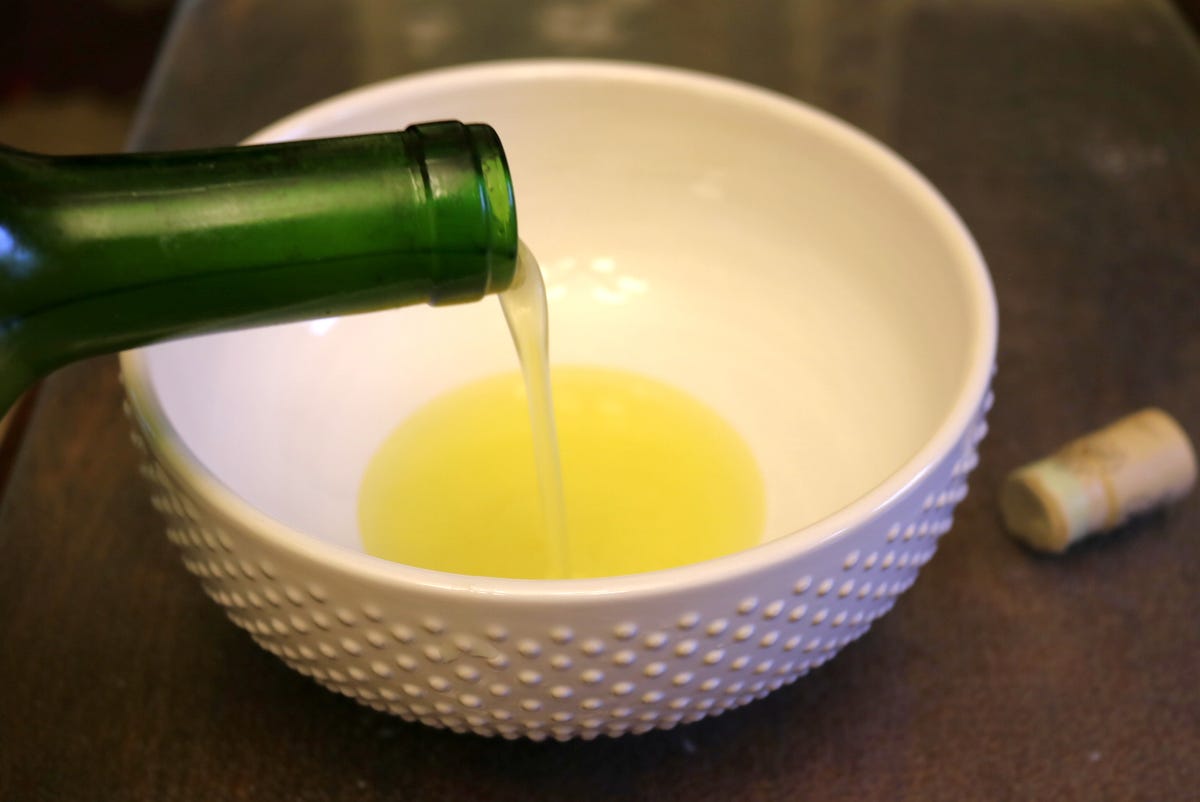
Olive oil in your water is not the most effective repair for sticky pasta.
Olive oil is a crucial addition to most pasta dishes, however put it aside for the plate.
“The oil simply floats on prime of the water and does not coat the pasta successfully,” says De Marchi. “The easiest way to stop sticking is to make use of loads of water, stir the pasta recurrently throughout the first couple of minutes of cooking and ensure to make use of the precise dimension pot for the quantity of pasta you are cooking.
“This manner, the pasta has sufficient area to maneuver round and cook dinner evenly,” he provides.
Fable No. 3. Recent pasta is all the time higher than dry pasta
Reply: FALSE
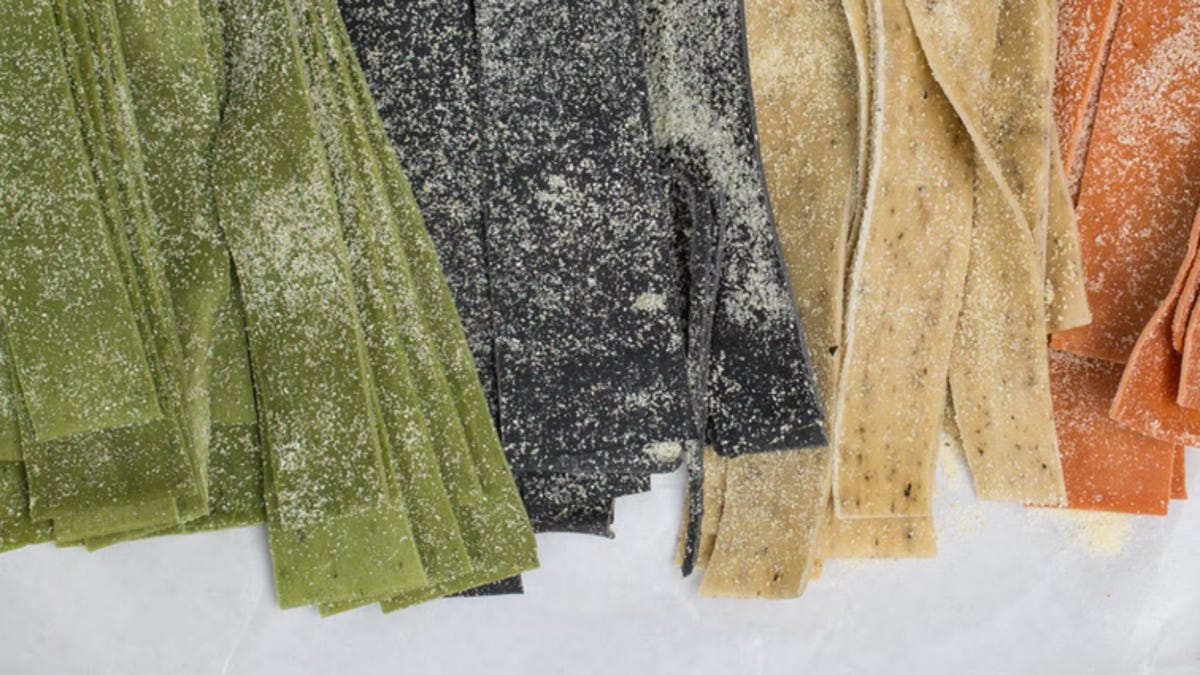
Recent pasta has good PR however some dried pasta is simply as tasty.
It is all about private desire. Recent, dry, frozen — cooks aren’t right here to dictate what your style buds like and do not like.
“Recent pasta has a softer texture and cooks rapidly, making it excellent for delicate sauces,” says chef. “Alternatively, dry pasta has a firmer texture and holds up nicely with hearty or thicker sauces.”
De Marchi additionally compares it to selecting between two nice actors for a film function. “The selection will depend on the character they’re portraying,” he says, “identical to the selection between contemporary and dry pasta will depend on the dish you are making.”
Fable No. 4: It is best to depart the lid off of the pot whereas the pasta is cooking
Reply: TRUE
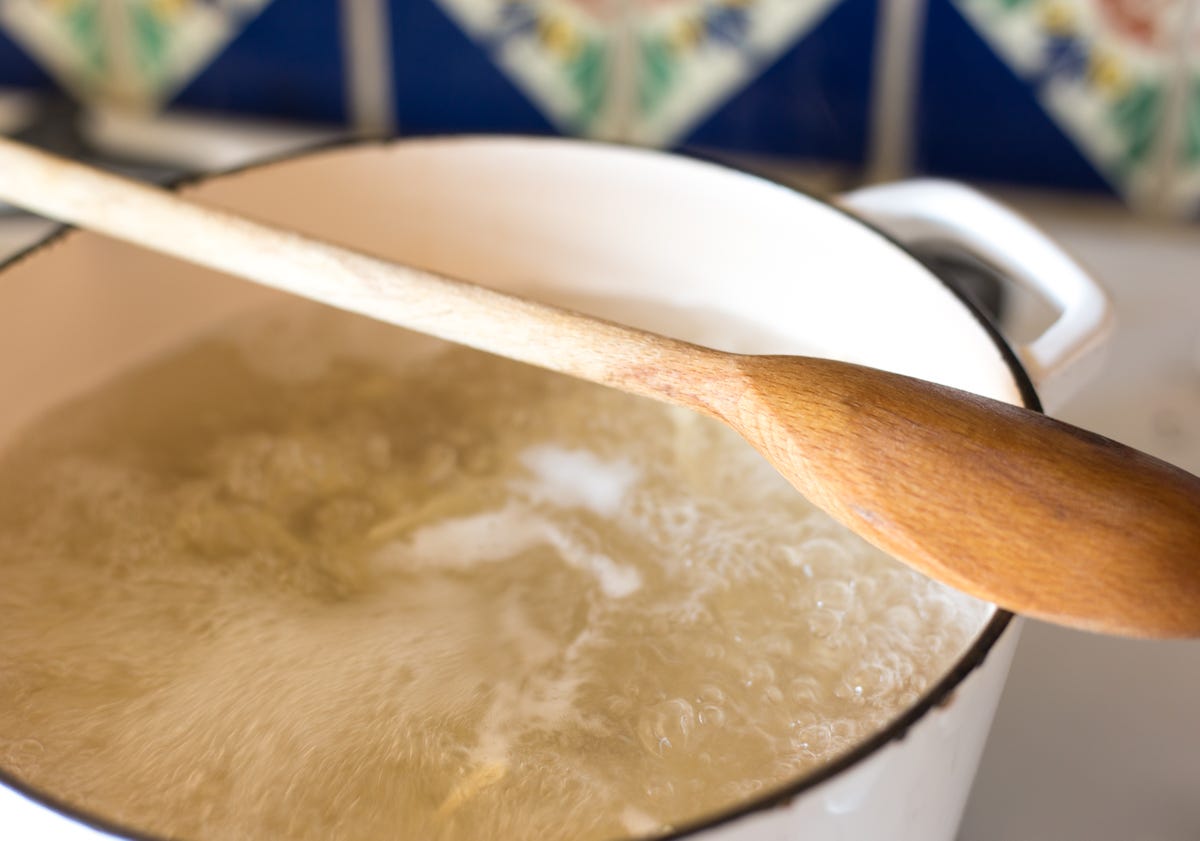
Stopping your pot from boiling over might be as simple as placing a picket spoon throughout the highest.
“Leaving the lid off the pot whereas the pasta is cooking is the best way to go,” advises De Marchi. “This prevents the water from boiling over and helps management the cooking course of. Plus, it permits the steam to flee, which helps stop the water from foaming up and making a starchy mess.”
As really useful, you’ll want to additionally choose an appropriately sized pot in order that your pasta cooks evenly.
Fable No. 5. Pasta ought to all the time be served al dente
Reply: TRUE
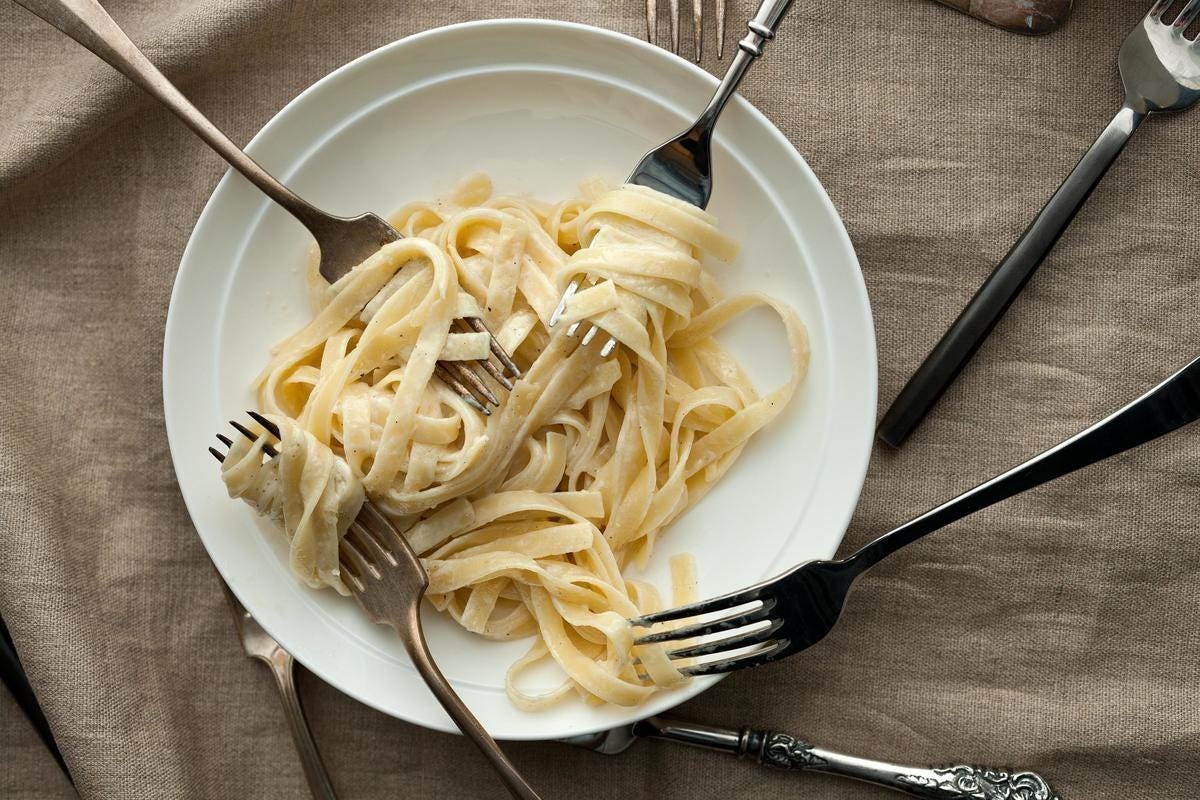
Cooking “al dente” is one pasta rule to all the time observe.
Go al dente or go dwelling, a minimum of in response to most Italian cooks.
“Serving pasta al dente, which suggests ‘to the tooth’ in Italian, is the best way to go. It is that excellent steadiness between being cooked via whereas nonetheless retaining a slight firmness,” says De Marchi. “Overcooked pasta is usually a actual downer to a dish, so aiming for that al dente texture ensures your pasta will likely be good.”
The best manner to make sure an al dente end result, each time, is to observe the cooking directions on the again of the field, beginning with the bottom quantity within the vary of proposed minutes. This gives you sufficient time to run a style take a look at and decide if it must be cooked a bit bit longer.
Fable No. 6: Including salt helps to hurry up the boiling course of
Reply: FALSE
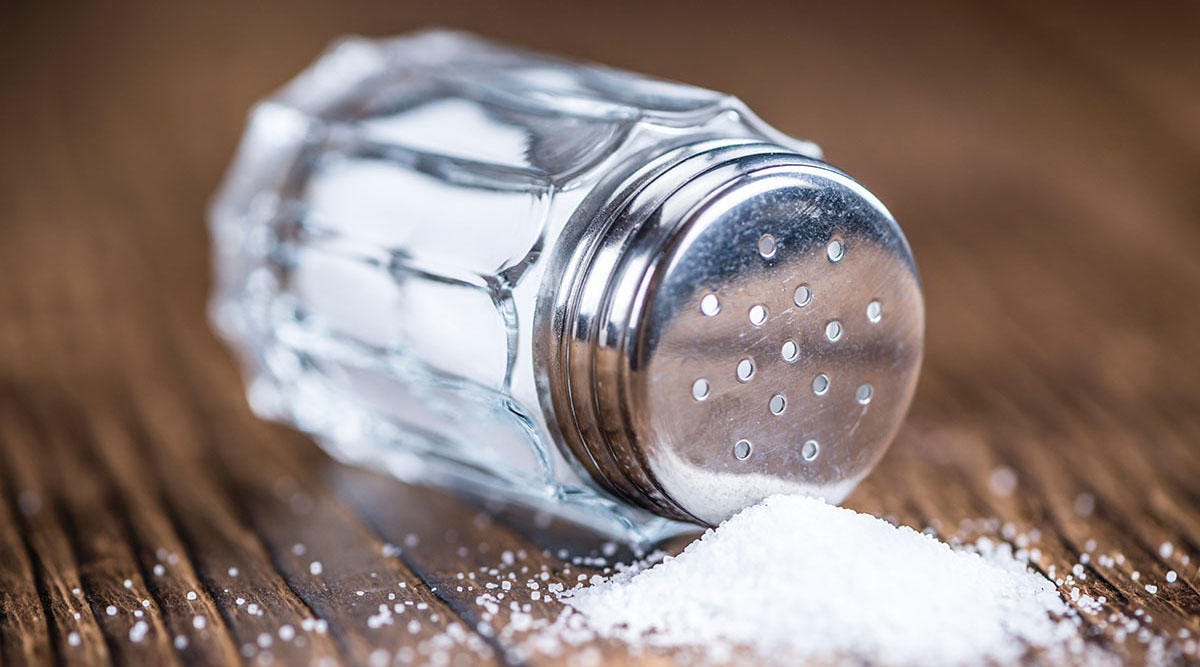
Salt will not get your pasta water boiling any quicker.
Salt performs an vital function in boiling water, however not on the subject of warmth. As a substitute, it’s important so as to add salt in order that the pasta can take up its taste.
“In the event you’re cooking with out sufficient salt, the pasta can find yourself tasting a bit bland,” warns De Marchi, whose signature dish at NHC Murano Villa is a spaghetti alle vongole. The seafood dish, which hails from the area of ocean-adjacent Venice, is a mixture of vongole (sometimes clams, garlic, white wine, and chili flakes), sea asparagus and lemon zest.
Fable No. 7. Drain pasta till it’s fully dry
Reply: FALSE
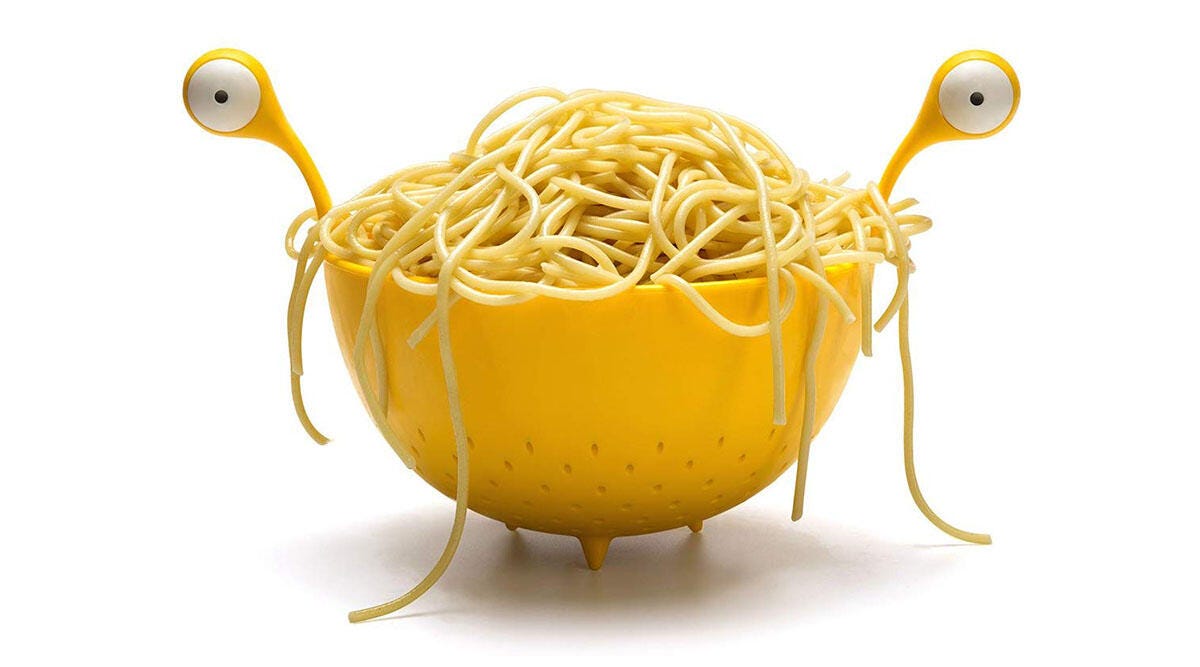
Some pasta water will assist the sauce adhere.
There’s a motive why salted pasta water is held in such excessive regard. Not solely does it include a scrumptious brine to boost sauces, however it additionally helps the sauce adhere to the pasta itself.
“This creates a extra cohesive and flavorful dish,” argues De Marchi. “A little bit moisture can go a good distance in making your pasta dish additional tasty.”
Fable No. 8. It is best to run cooked pasta below contemporary water earlier than serving
Reply: FALSE

Working your pasta below water removes a lot of the starchy goodness.
If you wish to topic your self to a possible harm through a rolling pin or picket spoon by Nonna, run your cooked pasta below contemporary water.
“This will take away the [aforementioned] starchy coating that helps the sauce adhere to the pasta,” says de Marchi. “The residual warmth from the pasta [actually] helps the sauce to marry with the pasta, making a extra flavorful and cohesive dish.
“Consider it like a good looking marriage — you need the sauce and the pasta to come back collectively and stay fortunately ever after, to not bear a chilly bathe proper earlier than serving.”
Fable No. 9. It is best to pre-cook sheets of lasagna
Reply: FALSE
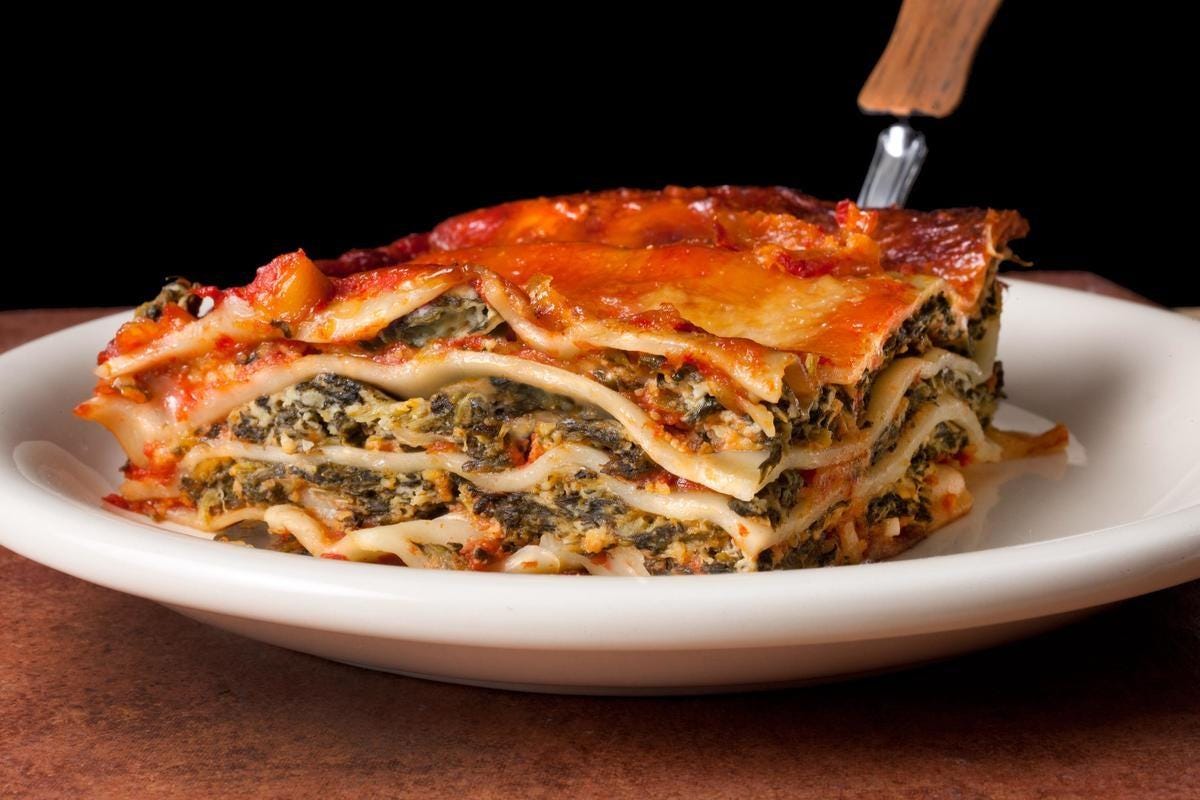
Not all lasagna recipes require precooked noodles.
“Pre-cooking lasagna sheets is not all the time crucial, particularly if you happen to’re utilizing a sauce with loads of moisture,” he says. “In actual fact, many lasagna recipes name for utilizing the sheets straight with out pre-cooking, permitting them to soak up liquid from the sauce and cook dinner throughout the baking course of.”
Set it, neglect it, and let the magic occur within the oven. Pasta is just not one thing to overthink or stress over. It is easy preparation makes it all of the extra pleasant.

